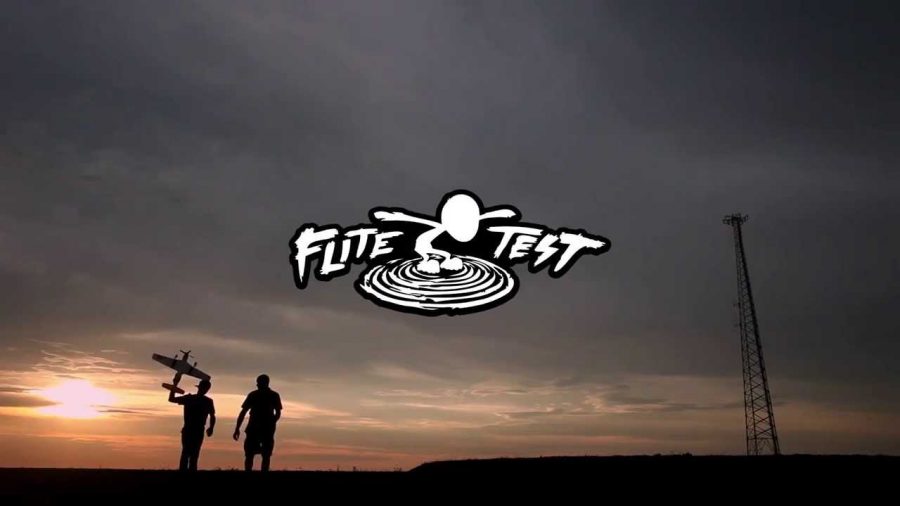Hopes Flying High
Kevin Gu’s experiences building a model airplane
March 1, 2018
Surfing the internet. Swiping through Youtube. For all intents and purposes, freshman Kevin Gu is no different from the typical high school student, whittling away the lazy hours after school on the endless cyclone that is the world wide web. Yet the hours he spends are not mindlessly lost to a Facebook feed or a few well-placed photos on Instagram. Instead, he clicks his way through picture after picture of of kits and model planes, searching for the perfect match.
Many months later, his purpose is finally realized: a full-size, remote-control airplane sits primly on his work-table, surrounded by the likes of six engines, two box cutters, and a hot glue gun.
The start of Gu’s journey began in an unexpected place: the back field of Navy Elementary School. There, he got his first taste of flying a model plane when his dad bought one for him to try out. At the time, Gu had only just reached the third grade.
Excited as he was to begin, he soon learned that flying a model plane, even a small store-bought one, was no small feat.
“Eventually, [my dad and I] crashed it enough so that it couldn’t stay in the air.” Gu said.
Although mistakes were abound and fatalities frequent, they were no deterrent to his enthusiasm. Inspired by the unique experience, he began some research into building his own plane.
“I thought it would be cool if I made one myself,” Gu said.
A few years later, he did just that. Little did Gu know at the time that the project would span the course of a year.
Beginning in the winter of eighth grade, Gu got his start with Flite Test, a company that provides materials for amateur plane builders. Helpful though it was, he found the materials provided in the kit lacking.
“It’s not like they include everything in [the kit]. It’s literally just a few sheets of foam board with laser-cutted stuff into it,” Gu said, “[To control the plane] you have to buy two things. One of them is called a transmitter, and the other one is called a receiver.”
Even beyond the materials, Gu’s journey was often riddled with mistakes when he failed to account for technicalities and fell into common pot-holes.
“[I messed up] a bunch of times. One time, I left a battery plugged in too long, so I thought I broke it. One time, the servo motor broke. One time, the motor was stuttering and it couldn’t start up. One time, the landing gear fell off…” Gu said.
It would be many months of “One times” before the project took its final shape.
Winter, spring and summer rolled past the windows of his workshop. Day by day, piece by piece, foam boards came together, receivers connected to motors, transmitters connected to receivers. Before long, Gu was faced with the prospect of flying his own creation. Pride mixed with a small amount of apprehension as he considered the various possibilities
“Getting it into the trees was [a possibility]. The second was hitting it into the ground so hard that I would have to completely rebuild it. Another one is cutting the servos,” Gu said.
A solid thirty seconds after takeoff, reality did kick in with a few misplaced wires, and the plane glided to a stop at Gu’s feet, almost as if that had been his intention all along.
“It’s not easy. I probably could have kept it in the air longer,” Gu said, “but I didn’t tape the wires, so the motor cut the wires.”
Although disappointing, the problem was a relatively easy fix for him. Now, Gu is working on a new plane – a different model than his first, made all the more daunting by the fact that he is no longer working from a kit.
It’s a larger project for sure, but it’s only the beginning of larger things to come.






